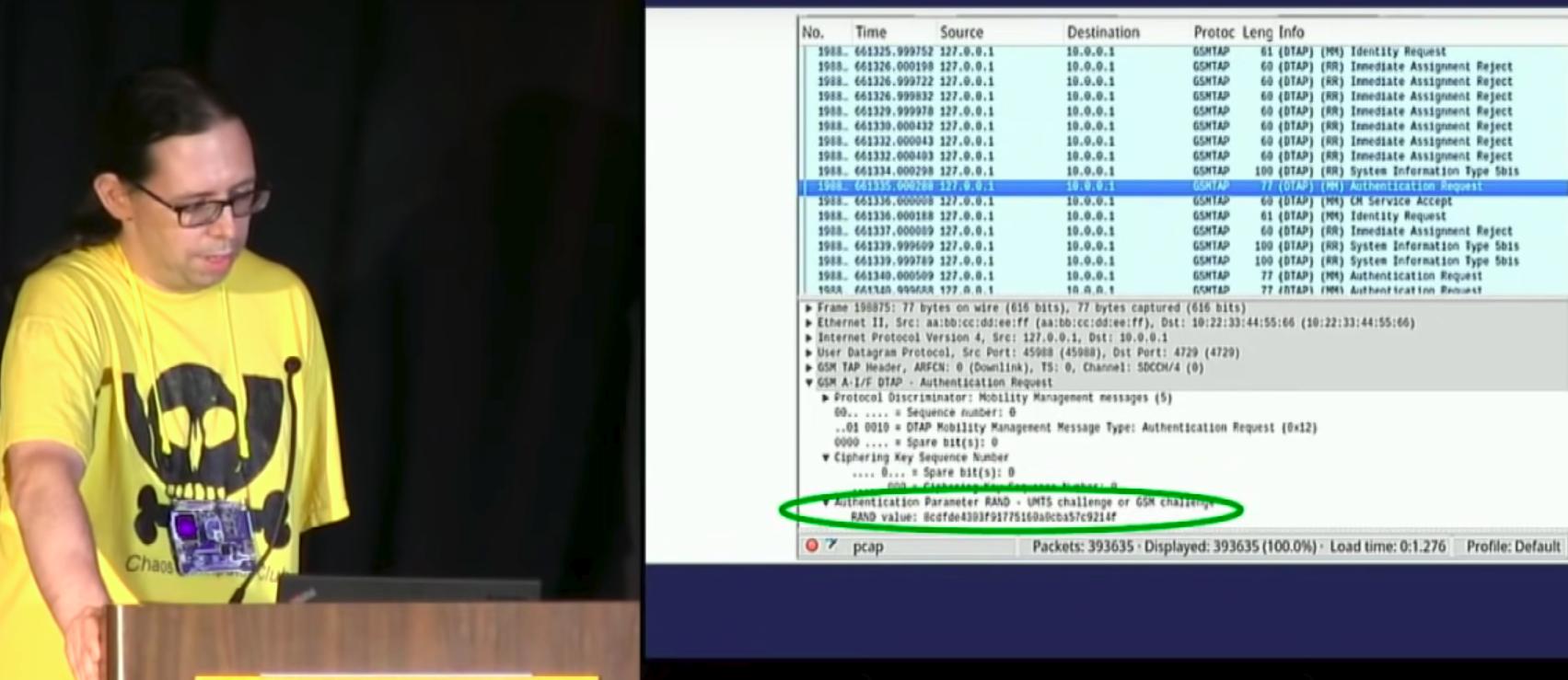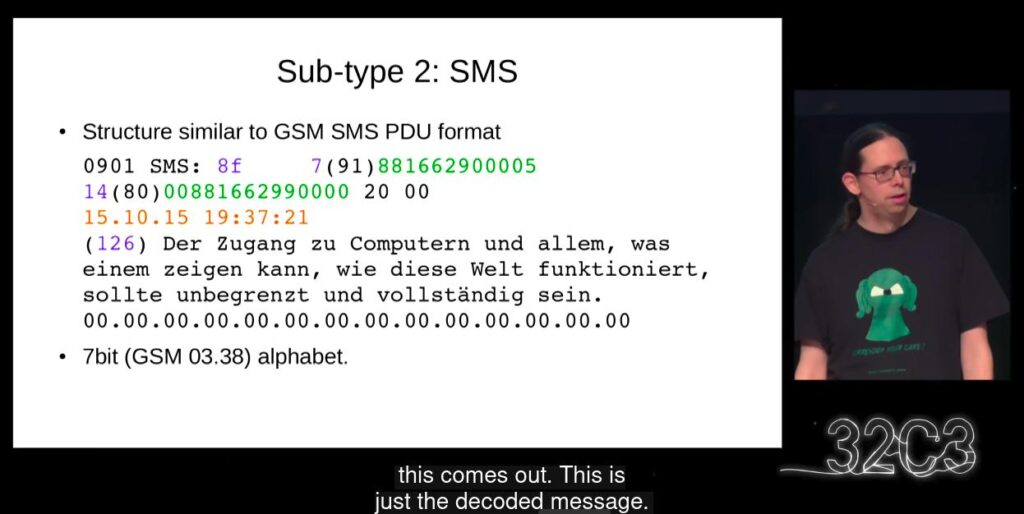
Ok, it’s nice to know that in case all terrestrial networks fail in my area, I will probably still be able to send and receive messages between Garmin InReach devices that use the Iridium satellite network. There are only four Iridium ground stations in the network, so it’s likely that a local or even country wide power outage would leave that infrastructure untouched. Being an engineer, I of course would like to know more how the Iridium and the Garmin InReach service actually work, what kind of protocols are used, etc. etc. Unfortunately, there is very little official information out there that goes into the technical details. Everything about the system is proprietary. I can’t even be certain if the messages that are exchanged between InReach devices remain in the network, or if they first go to some Garmin server and then back into the network. Should they be routed via some extra Garmin infrastructure, how is this part connected to Iridium and how redundant is it? Questions over questions. Fortunately, I’m not the only one who’s interested in the details and when digging a bit, one can find very interesting technical details on the Internet.
A good place to start is the Wikipedia page on Iridium. From here, I learnt that Iridium operates around 1.6 GHz and has been assigned a total channel bandwidth of around 10 MHz. Each of the 66 first generation Iridium satellites could handle around 1100 concurrent phone calls. However, these satellites have been replaced a few years ago by the second generation Iridium Next satellites that are more powerful. In what particular way I’m not sure, but I don’t care too much, since I’m mainly interested in the messaging service that is used by the Garmin InReach devices.
Ok, that is already something but not actually that much. Fortunately, a number of people have spent a lot of time to reverse engineer parts of the Iridium air interface and there are a couple of very interesting videos on media.ccc.de and Youtube:
Layer 1
This presentation about the physical layer of the Iridium air interface is in German, but a copy has made it over to Youtube where auto-generated English subtitles are available. Also, the slides are mostly in English. From here I’ve learnt that each satellite has 48 independent spot beams and each covers a specific part of the satellite’s overall coverage area. Have a look at my previous blog entries on the global satellite distribution to get an idea of how large this area is. It’s quite typical that only 1 or 2 satellites are over Europe at a time, which gives you a general idea. According to this presentation, Iridium uses 240 channels in this 10 MHz band, with a channel spacing of 41.667 kHz. The data rate on each channel is around 25 kbps. The Iridium Next satellites still use this configuration but offer new modulation schemes and faster Internet access. ‘Faster’ is a relative term, however, we are talking about data rates in the order of a megabit per second.
Frame Structure and End to End Message Exchange

In this video in English, the Iridium frame and channel structure is discussed. Iridium offers several different kinds of services such as voice telephony, SMS (!) messaging and data/Internet connectivity. All services use 312 bit bursts (39 bytes) which contain signaling, voice frames, data etc. Voice transmission uses a special low rate codec (AMBE). For end to end message exchange, a lot of the GSM Short Message Service (SMS) seems to be have been used. In the video, the presenters show how they decoded the SMS messages based on the 3GPP specifications of the service. There are only a few extra Iridium specific information elements that have been added to the overall structure. How interesting! So perhaps Garmin’s InReach service uses the basic Iridium SMS service?
It would make sense, but the features Garmin offers with InReach go beyond what is possible with SMS: Garmin InReach messages are sent between InReach IDs which look like eMail addresses. Also, one can specify several destination addresses, including SMS and eMail addresses for each message. and finally, GPS location information is also included. In the screenshot above, I didn’t see such features, so I’d say Garmin does NOT uses SMS for InReach.
UE – Iridium Higher Layer Signaling
And here’s a link to a third video that demonstrates that Iridium uses a modified version of the GSM DTAP protocol for signaling exchange, i.e. for authentication, SMS transfer, voice call setups, etc. HOW INTERESTING! And that makes sense, as Iridium was developed in the late 1980s and beginning of the 1990s, i.e. at the same time as GSM. A bit unusual, as at the time, the US was not yet really in the GSM camp. But the satellites themselves were built by French company Thales, which might have something to do with that. Or not, that’s pure speculation on my part. Have a look at the screenshot at the beginning of the post again (right click and open the image in a new tab in full resolution), DTAP is immediately recognizable to those who have seen GSM signaling before. Also interesting: According to the presenters, there is only authentication, but no encryption. Not for the signaling and also not for the voice frames. Also, SMS messages are transferred in the clear. Think about that for a minute before you spill the beans over satellite…
Summary
The videos answer a lot of questions, but I don’t quite know how the Garmin InReach messaging service actually works. Based on the feature set, I’d say it’s not the standard SMS service. But then how does it work? A little bit into the second video, one more service is mentioned: Short Bust Data (SBD) messages. So perhaps that is what Garmin is using for InReach? More about that in the next post!